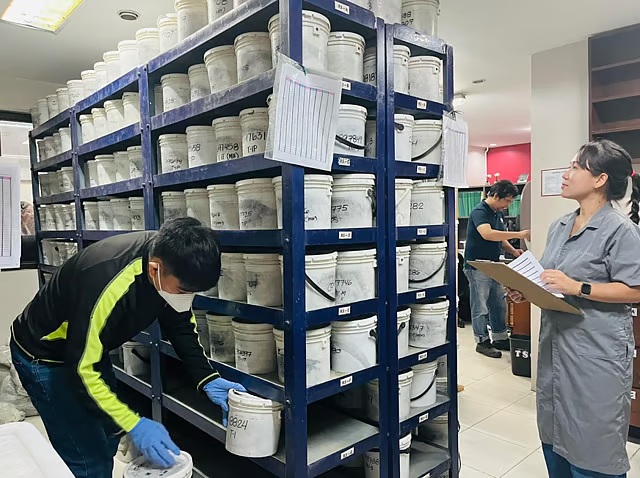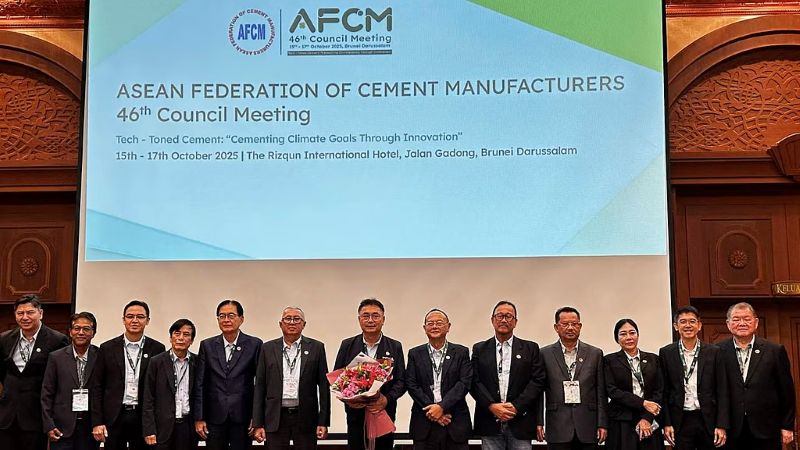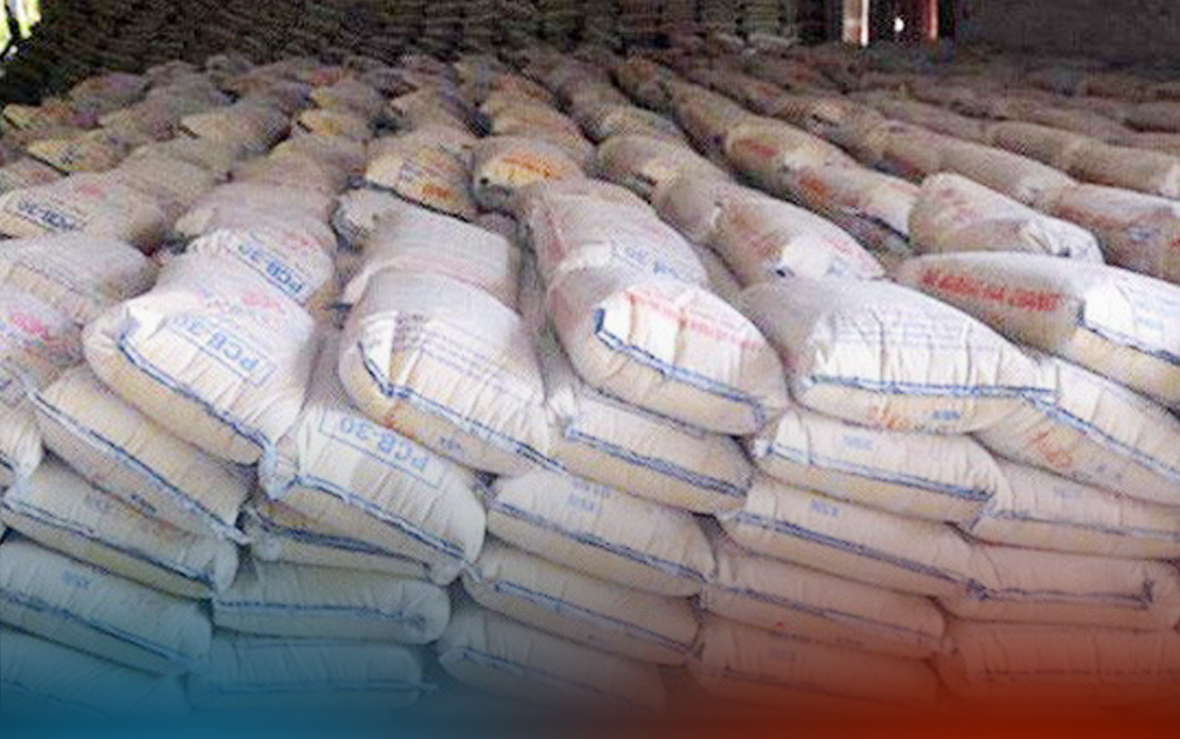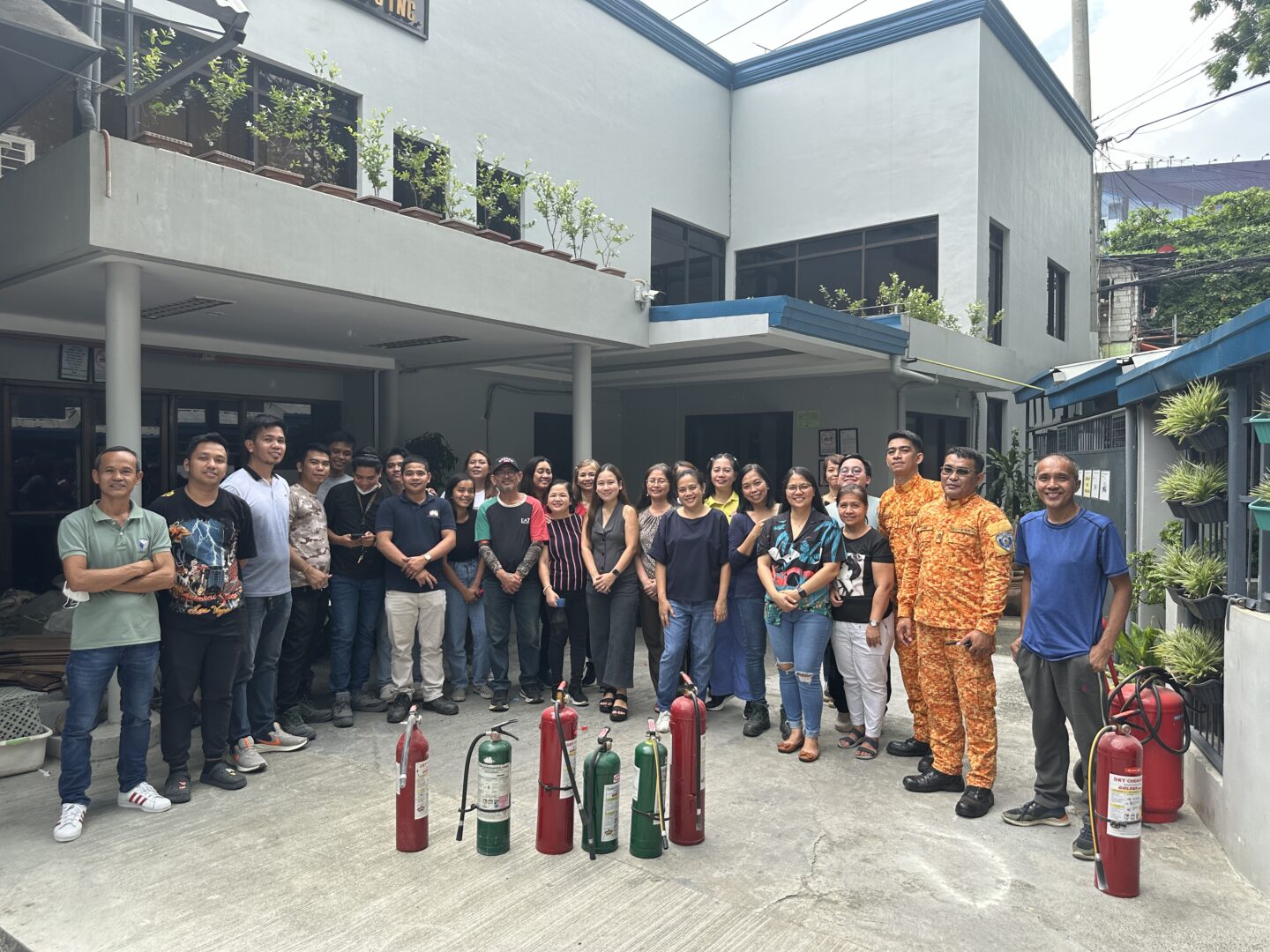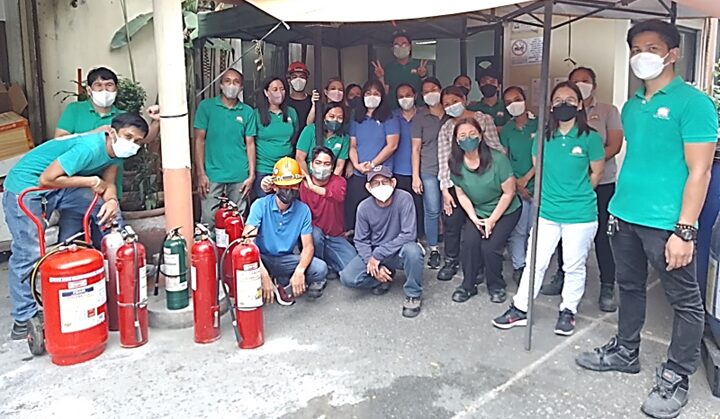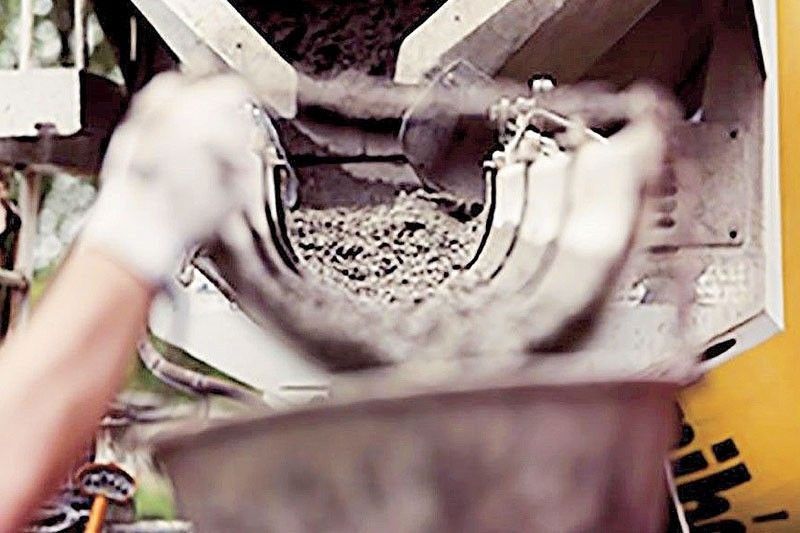Despite the excess capacity of locally-manufactured cement in the Philippines, exports from Vietnam continues to flood the market. According to Global Cement News, Vietnam has total capacity of 120 million tons.
In 2023, the domestic demand in Vietnam further declined to 57 million tons, or down by 16% versus 2022 which is why they are aggressively exporting to the Philippines. In 2023, despite industry contraction of 6-8%, imported cement from Vietnam reached 7 million metric tons which is almost the same volume than in 2022. In recent data collected by the Cement Manufacturers Association of the Philippines (CeMAP) from the Bureau of Customs, the anti-dumping duties imposed beginning March 2023 were only levied on 20% of total cement exports to the Philippines.
As it stands, the Philippine cement industry has a total expected capacity this 2024 at 53 million tons (MT) while demand is projected to hover at ~34.5 MT for this year. With government accounting for an estimated 40% of total cement demand, there is certainly enough locally manufactured cement to provide for government infrastructure projects and more. Based on a previous release from CeMAP, local manufacturers continue investing in additional capacity totaling to 13 million tons per annum (MTPA) over the last 5 years.
As local cement manufacturers expand capacity, more efficient means of production and innovative cement solutions become available to Filipinos, leading to significant reductions in CO2 emissions, increasing use of low-carbon blended cements, and lessening the dependency on fossil fuels with the use of alternative fuels across the industry. Local manufacturers likewise invest in their communities through their social development programs, innovation hubs, and other programs that benefit the development and competitiveness of the country’s construction industry. This is in stark contrast to cement importers and traders who merely import cement, maybe add some additives, repack it, and sell it onwards. With the erosion of the domestic cement market by imports, these investments are put at risk and, along with it, thousands of Filipino jobs. Furthermore, these developments further diminish the country’s attractiveness for new capital to invest in new and innovative domestic manufacturing capacities for such a vital industry like cement not to mention the potential reduction of taxes coming from local manufacturers that could further boost investments and employment in the country
The premature ending of the safeguard measures in 2022 has no doubt contributed to the current imports situation threatening the domestic cement industry. The gestation period of modernizing and building plants takes more or less 5 years, and the pandemic has further caused delay in the projects. CeMAP believes that the Safeguards Measures should have been extended given the circumstances.
The anti-dumping duties currently being levied on very few Vietnamese exporters has done little to stem the influx of cheap imported cement that enter the market freely. It would appear the Philippines is creating more jobs for Vietnam at the expense of our Filipino employees and their families.
Source: https://businessmirror.com.ph/2024/01/30/influx-of-cement-imports-continue-despite-anti-dumping-duty/



